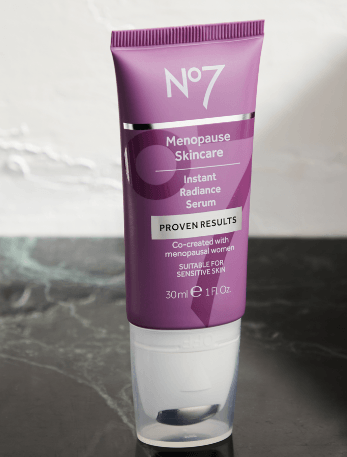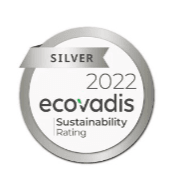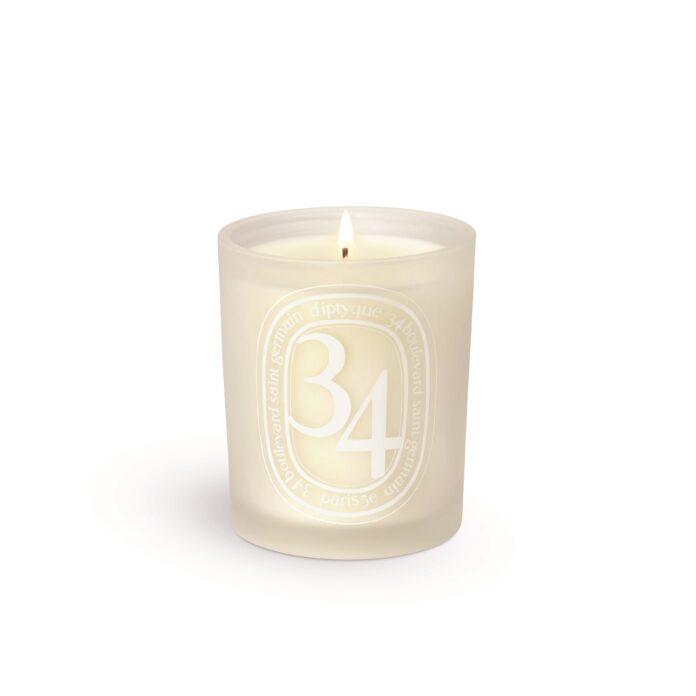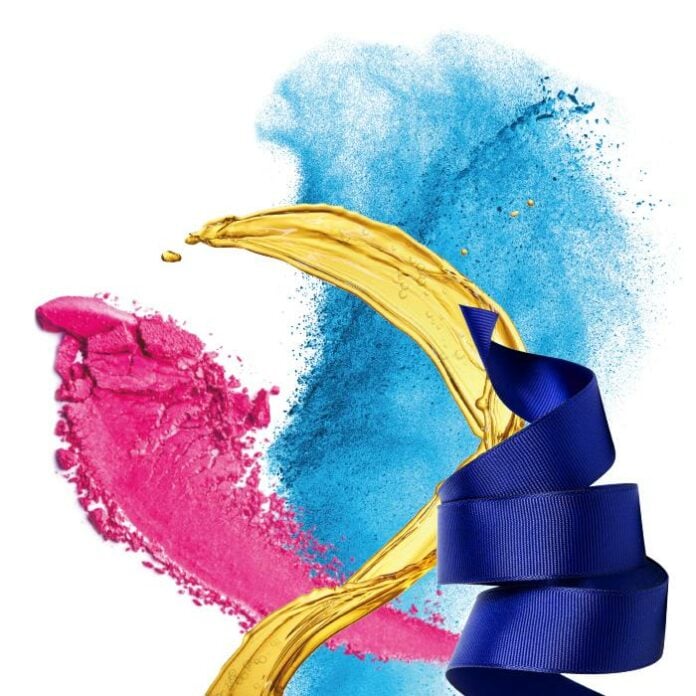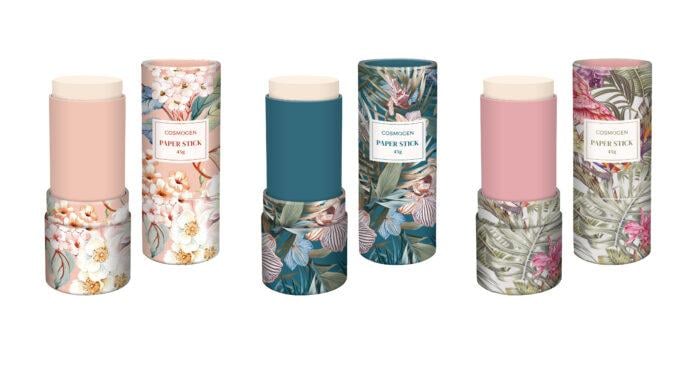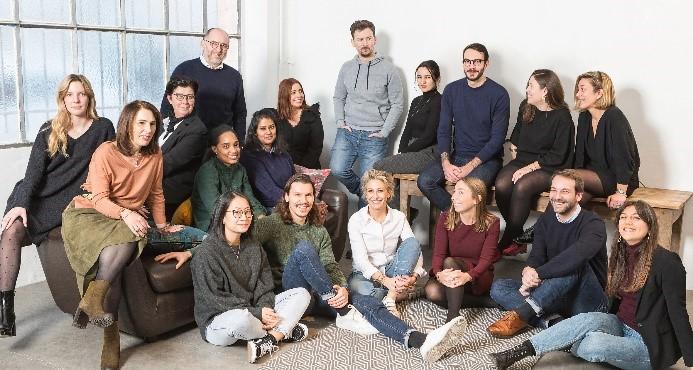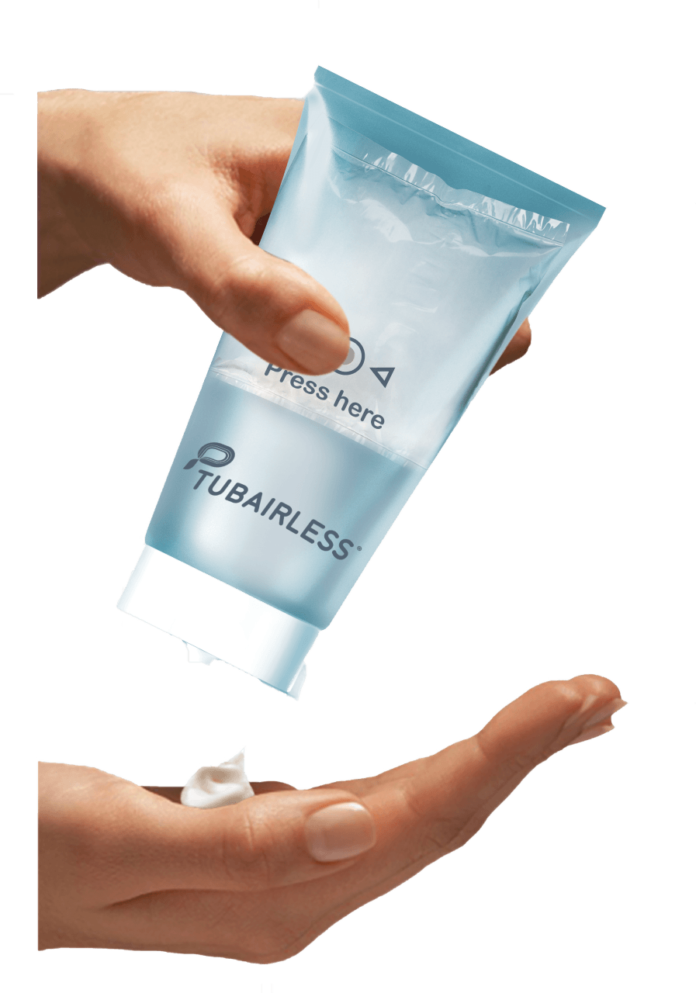It's time to take stock for ADF, PCD, PLD and Packaging Première, the Paris Packaging Week trade shows that closed its doors on January 26 after two days of very intense meetings. For the first time in its history, this international event, organized by Easyfairs, brought together not three, but four major packaging innovation shows at Porte de Versailles in Paris: PCD for beauty products, PLD for premium beverages, ADF for aerosols and dispensing systems, and the new Packaging Première for luxury products. This key event for packaging players attracted 12,747 people over two days, or 8,988 visitors, an increase of 30% compared to the June 2022 and January 2020 editions, representing over 2,500 brands and design agencies. They all came to get inspired, network or present their latest innovations, confirming Paris Packaging Week's status as the leader in its sector.
" We are extremely satisfied with the results of this edition, which returned to its historical schedule after two years disrupted by the pandemic. Once again, we have demonstrated the relevance of this event for packaging professionals and the brands that call on them. The number of visitors is constantly increasing and the arrival of Packaging Première, dedicated to the world of luxury, has aroused the interest of big names that had not yet come to this event. Between exhibitors, conferences and awards, Paris Packaging Week brought packaging innovation to life in its aisles, with professionalism and enthusiasm. "says Josh Brooks, marketing director of Paris Packaging Week.
More than 2,500 brands, including the biggest names such as LVMH, L'Oréal, Chanel, Gucci, Unilever, Estée Lauder, Pernod Ricard, Diageo, Rémy Cointreau and many others sent their teams (purchasing, design, innovation, marketing, packaging, logistics, etc.) to Paris Packaging Week. Their goal: to identify future partners among the manufacturers and exhibitors present; to be inspired by the winners of the Packaging Innovation Awards; to discover the latest innovations in the field of primary and secondary packaging; to get informed and debate during the numerous conferences and talks organized during the two days of the event.
For its 2023 edition, Paris Packaging Week brought together four major trade shows, including, for the very first time in the capital, Packaging Première, dedicated to packaging in the luxury, delicatessen, accessories, jewelry and fashion sectors. This novelty attracted suppliers and major brands that had not previously attended the event, while the historic shows repeated their successes of previous years:
- PCD, the first packaging innovation show for perfumes, cosmetics and personal care products.
- PLD, the must-attend exhibition for premium beverage packaging.
- ADF, the only global event dedicated to innovation in aerosols and dispensing systems
- Packaging Première, the Parisian trade show dedicated to the packaging of luxury products
ADF also benefited from a unique agreement with FEA, the European Aerosol Federation, which groups 28 national aerosol industry associations around the world. By combining, for the first time, its bi-annual Global Aerosol Events show with ADF, it has increased its impact and attractiveness.




